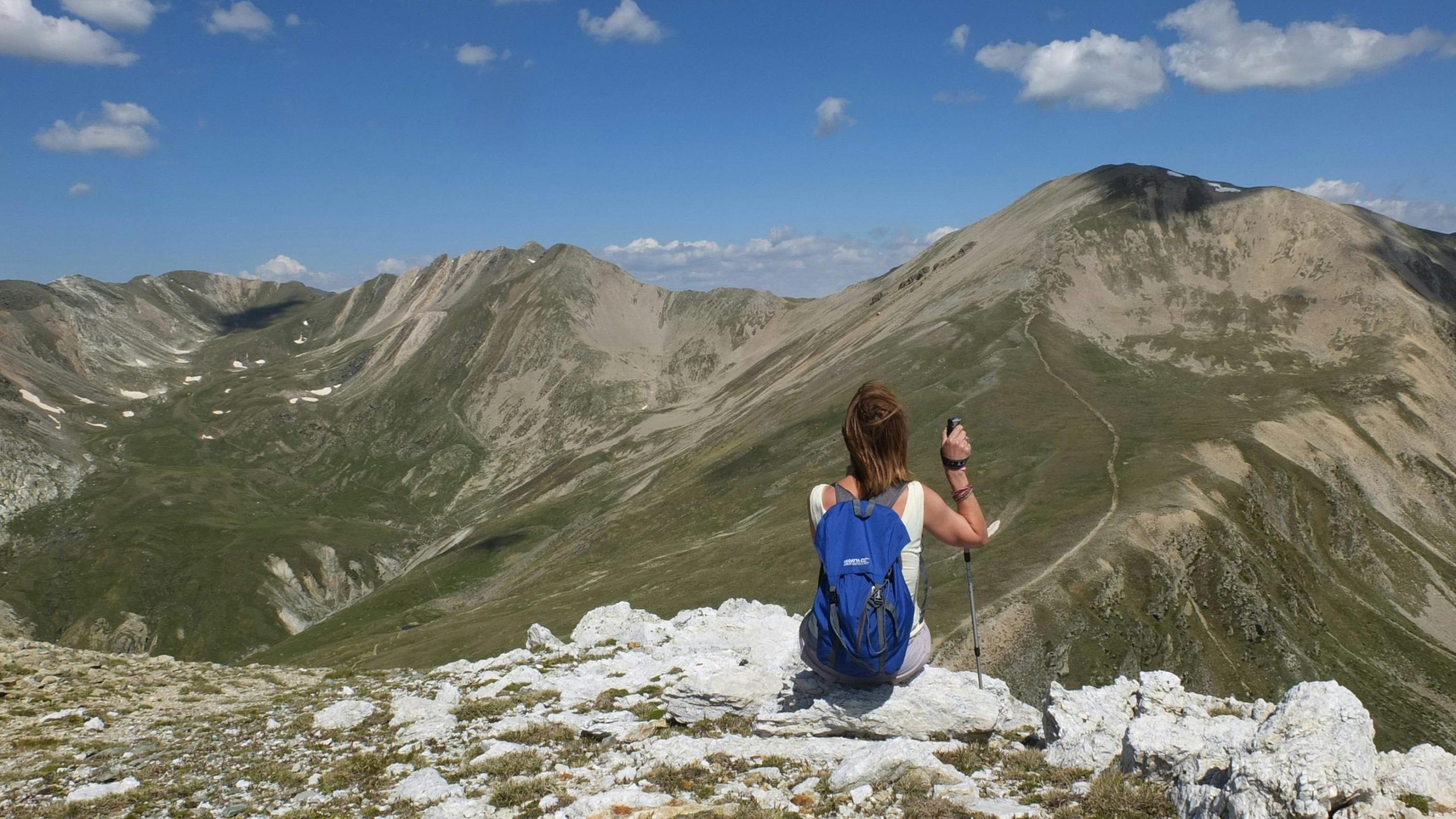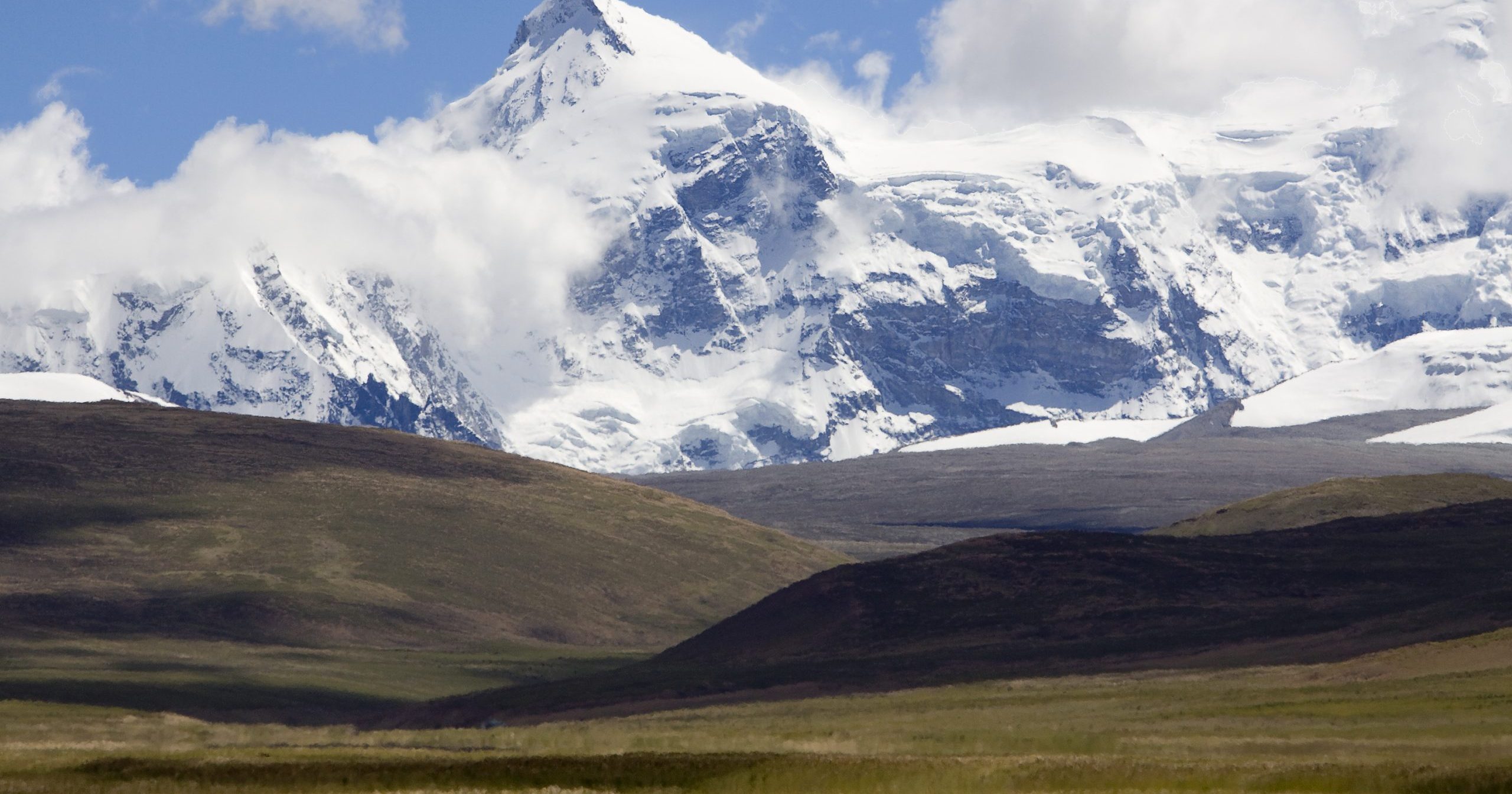Langtang Ri, a stunning peak in the Langtang Himal range of Nepal, is a paradise for adventure enthusiasts and nature lovers. Known for its breathtaking views and serene surroundings, this mountain offers a perfect blend of challenge and beauty.
Let’s explore what makes Langtang Ri a must-visit destination for travelers around the globe.
Where Is Langtang Ri?
Langtang Ri is located in the Langtang Valley of Nepal, nestled within the Langtang National Park. It stands tall at an elevation of 7,205 meters (23,638 feet), making it a prominent peak in the region.
This peak is surrounded by lush forests, sparkling glaciers, and picturesque villages, creating a magical setting for explorers.
Why Is Langtang Ri Special?
- Unparalleled Scenic Beauty
Langtang Ri offers panoramic views of the Himalayas, making it a dream destination for trekkers and photographers. - Rich Biodiversity
The Langtang region is home to rare wildlife species like the red panda and snow leopard, as well as a variety of flora and fauna. - Cultural Experience
The local Tamang community welcomes visitors with warm hospitality, sharing their traditions and way of life.
A Glimpse into the History of Langtang Ri
Langtang Ri has long been revered by climbers and explorers. Its first recorded ascent was in the early 1980s by a Japanese expedition. Over the years, it has attracted adventurers seeking both thrill and tranquility.
The region also holds spiritual significance, as the Langtang Valley is often called the “Valley of Glaciers” and is considered sacred by locals.
Best Time to Visit Langtang Ri
The ideal time to visit Langtang Ri is during the spring (March to May) and autumn (September to November). During these months, the weather is clear, and the vibrant landscapes are at their best.
How to Reach Langtang Ri

- By Air
Fly to Tribhuvan International Airport in Kathmandu and then travel by road to Syabrubesi, the gateway to Langtang Valley. - By Road
A scenic drive from Kathmandu to Syabrubesi takes about 7–8 hours. From there, trekking to Langtang Ri begins.
Trekking to Langtang Ri Base Camp
For most visitors, the trek to Langtang Ri Base Camp is the highlight of their journey.
- Duration
The trek typically takes 8–10 days, depending on the chosen route and pace. - Highlights
- Dense rhododendron forests
- Charming Tamang villages
- Stunning glacier views
Case Study: A Trekker’s Journey to Langtang Ri
Background
In 2022, Sarah Wilson, an avid trekker from Australia, embarked on a journey to Langtang Ri. Despite having trekked in the Himalayas before, she was drawn to the unique allure of Langtang.
Preparation
Sarah spent months researching and preparing for the trek. Her checklist included:
- Physical training for high-altitude trekking.
- Packing essentials like thermal gear and trekking poles.
- Hiring a local guide for cultural insights and navigation.
The Journey
Sarah began her trek from Syabrubesi, passing through lush forests and vibrant Tamang villages.
Challenges included:
- Altitude Adjustment: Gradual ascent helped her avoid altitude sickness.
- Weather Fluctuations: Unexpected rain tested her resolve.
- Steep Trails: Navigating rocky paths required focus and stamina.
Success
Reaching Langtang Ri Base Camp was a surreal experience for Sarah. She described the views of snow-capped peaks as “a masterpiece of nature.” The trek also deepened her appreciation for Nepali culture and hospitality.
Takeaways
Sarah emphasized the importance of:
- Proper planning and acclimatization.
- Respecting local customs.
- Supporting eco-friendly trekking practices.
Challenges of Langtang Ri Exploration
- Unpredictable Weather
The Himalayan weather can change rapidly, demanding flexible plans. - Altitude Sickness
Proper acclimatization is crucial to avoid altitude-related issues. - Remote Terrain
The rugged trails require physical endurance and mental toughness.
Tips for Visiting Langtang Ri
- Pack Smartly
Carry essentials like warm clothing, trekking shoes, and energy snacks. - Hire a Guide
Local guides enhance your experience with their knowledge of the region. - Stay Hydrated
Drinking water regularly is vital for combating altitude effects. - Practice Leave No Trace
Protect the environment by avoiding litter and minimizing your impact.
Nearby Attractions
While exploring Langtang Ri, don’t miss these nearby gems:
- Gosaikunda Lake
A sacred alpine lake known for its serene beauty. - Kyanjin Gompa
A Buddhist monastery offering spiritual solace and stunning views. - Langtang Glacier
A mesmerizing glacier that showcases nature’s raw power.
Dangerous Routes of Langtang Ri
While Langtang Ri is a breathtaking destination, certain routes pose significant challenges and dangers to trekkers and climbers. Being prepared for these difficulties can make your journey safer and more enjoyable.
Treacherous Trails to Watch Out For
- Ice and Snow Slopes
Langtang Ri is surrounded by steep slopes covered in snow and ice. These areas can be highly slippery, especially after fresh snowfall. Without proper equipment like crampons and ice axes, navigating these routes becomes perilous. - Glacial Crevasses
The Langtang Glacier, one of the key attractions on the route, features deep crevasses. These hidden cracks can be dangerous, especially for those unfamiliar with glacial terrain. Following a guide who knows the path is crucial. - Rockfall Zones
Certain sections of the trail, particularly near steep cliffs, are prone to rockfalls. These areas are hazardous during the warmer months when melting snow loosens rocks and debris. - Avalanche-Prone Regions
The high-altitude slopes of Langtang Ri have a risk of avalanches, especially during the late winter and early spring. Monitoring weather conditions and avoiding these areas during unstable periods is vital for safety. - Narrow Paths Over Ravines
Some trails leading to the base camp are narrow and run alongside deep ravines. These paths can be intimidating, particularly for trekkers with a fear of heights, and require careful footing. - Unpredictable Weather Challenges
Sudden storms and heavy winds at high altitudes can turn a regular trek into a dangerous ordeal. These conditions may make certain routes nearly impassable without adequate preparation.
Safety Tips for Dangerous Routes
- Hire an Experienced Guide
Local guides are familiar with risky areas and can help navigate them safely. - Carry Safety Gear
Essential items include harnesses, ropes, crampons, and helmets for protection against falls and rockslides. - Check Weather Updates
Always monitor weather conditions before and during your trek to avoid hazardous situations. - Stay on Marked Trails
Venturing off the established paths increases the risk of encountering dangerous terrain. - Acclimatize Properly
High altitudes can make even simple routes challenging. Take your time to acclimatize to avoid altitude sickness, which can impair judgment and physical ability.
By understanding the risks and planning accordingly, you can tackle Langtang Ri’s dangerous routes while still enjoying its stunning beauty.
Conclusion
Langtang Ri is a treasure trove of natural beauty, cultural richness, and adventure. Whether you’re trekking through its vibrant landscapes or marveling at its majestic peaks, the experience is nothing short of magical.
Plan your trip to Langtang Ri and let the Himalayas enchant you with their timeless charm.
FAQs
1. How tall is Langtang Ri?
Langtang Ri stands at an elevation of 7,205 meters (23,638 feet).
2. Is Langtang Ri suitable for beginners?
While the trek to the base camp is beginner-friendly, climbing the peak requires experience and technical skills.
3. What is the best time to visit Langtang Ri?
Spring (March to May) and autumn (September to November) offer the best conditions for trekking and exploration.
4. Are there any nearby cultural experiences?
Yes, the Tamang community offers rich cultural experiences, including traditional music and cuisine.
5. How can I prepare for a trek to Langtang Ri?
Physical fitness, proper gear, and hiring a local guide are essential for a safe and enjoyable journey.


